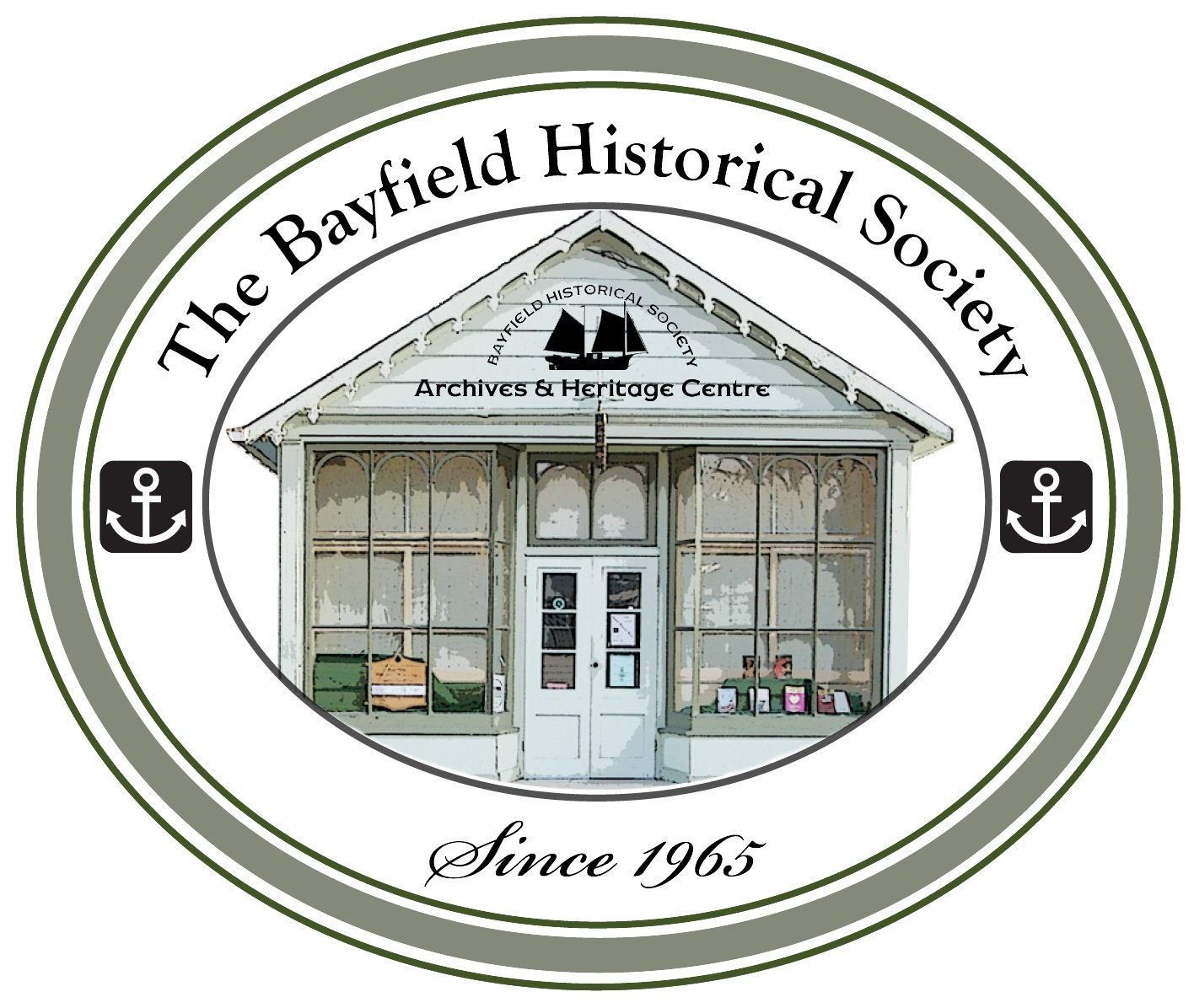Conclusion
An Unbroken and Sacred Connection
Video: Guy Spence
In all the Great Lakes regions, and no less on the shores of Huron County, there is a powerful physical and spiritual connection between the land and waters we live on, the First Nations people, Canadians, and our governments. This is because of our shared history. All of Huron County was—and some parts still remain—important hunting grounds and “through ways” between permanent settlements at Kettle & Stony Point (Wiiwkwedong: Kikonaang & Aazhoodenaang territory), Sarnia Reserve (Aamjiwnaang First Nation), Chippewas of the Thames (Deshkaan Ziibiing), and the Saugeen (Saukiing Nishnaabek) territories of the Saugeen Indians. The remaining Crown lands and conservation forests can be shared harvesting and conservation grounds for both First Nation and non-Indigenous Canadians today. The waters hold a special place in the minds and hearts of Anishinaabeg people. The waters were and remain untreatied. I believe that preserving this sacred Dish—this environment—is essential to our way of living as First Nations and as Canadians. Part of our traditions as First Nations is to care for and exist in a state of deep respect for the lands and waters. This is something we wish to share with all peoples and nations in Canada and the United States.
The lands and waters are everything, and not everything is covered by a treaty. What does this mean? The entire Great Lakes region, the Lake Huron and St. Clair regions especially, hold a spiritual and even genetic memory that binds me to this land. There is nothing more sacred than preparing this gift for the future generations of First Nations people, our children, and all Canadians, including the newcomers who will come to live here as Canadians. The Seventh Generation philosophy ensures we have that knowledge and understand the responsibility that we have to preserve that sustainable environment.
This connection to Anishinaabeg life ways that has been given to us by the Creator through our language, our ceremonies, and our way of understanding of lifelong learning and education is grounded in Mnaadendamowin (respect) and Dbaadendiziwin (humility). These deeply held truths must be polished, renewed, and evaluated in each generation. These life ways include first of all our language, but also our way of practising respectful collaborative learning with other human beings, as well as with the animals. Understanding the movement and return of animal life is one integral aspect that connects us to Mother Earth, which we call Shkaakimiikwe Nookmis ahkiing. Shkaakimiikwe reminds us she is strong, but not invincible, and Nookimis Ahking denotes that the earth is also our grandmother as well as our mother.
Our sacred connection to each other is seen among First Nations peoples and between the peoples and nations evolved from European settlers. First Nations, Canada, and the United States have enshrined in the Indigenous treaties a reflection of the foundational law of the Earth (Ahkii Naaknigewin) that binds Nations. This aspect of the connection is enshrined in the Covenant Chain of which we are a part (see Treaty of Niagara 1764). Our history includes “non-Six nations” Iroquois, Six Nations Iroquois, the Anishinaabeg people, and the Attawondaron, or so-called “Neutral” Iroquois, who have lived in these regions since time immemorial. The covenant chain that connects us is to be renewed through collaborative decision making and collaborative learning each and every generation, and indeed each and every day.
As time quickens and the threat to the environment becomes more apparent, we have a responsibility to work at understanding this foundational aspect of our national education as Canadians. The ethnic silos of the old way of doing education are over. In this region, and for me, this means working with concepts that permeate Anishinaabe, Métis, Iroquois, and European political cultures. Teachers, parents, and politicians need to work at engaging with Indigenous peoples and vice versa. In this region, that includes Anishinaabeg people, their Iroquois allies, and Munsee-Delaware/Lenape and Métis populations who live with these principles as part of their life ways and cultures. We wish to share this with all Canadians.
I believe Anishinaabeg people will never be “extinct,” although the threats to our identity, both legal and social, are very real and must be understood further. All the peoples of this story are here today. The treaties have sacred meaning and application to our laws today, and without their guidance and seeing into the truth of the “spirit and intent” of the treaties and first agreements that made mass non-Native settlement possible, I do not see our lands or waters healing. This healing of the lands and waters is directly connected to our minds and ways of thinking about our connection to the earth and each other, from generation to generation.
Source
Mills, A. Nokomis and the Law in the Gift. Surviving Canada: Indigenous Peoples Celebrate 150 Years of Betrayal, Arbeiter Ring Publishing, 2017.
Acknowledgements
The Bayfield Historical Society acknowledges with gratitude the generous donation by Stephanie and Michael McDonald that made this project possible. Our thanks to Jordan George for his work compiling the content and our sincere gratitude to volunteer Ralph Blasting for his direction and guidance of this project. Special thanks to Guy Spence for filming and editing the videos in the introduction and conclusion.
